Optimal Timing for Brush Removal

Spring is ideal for brush removal due to active growth and easier clearing.
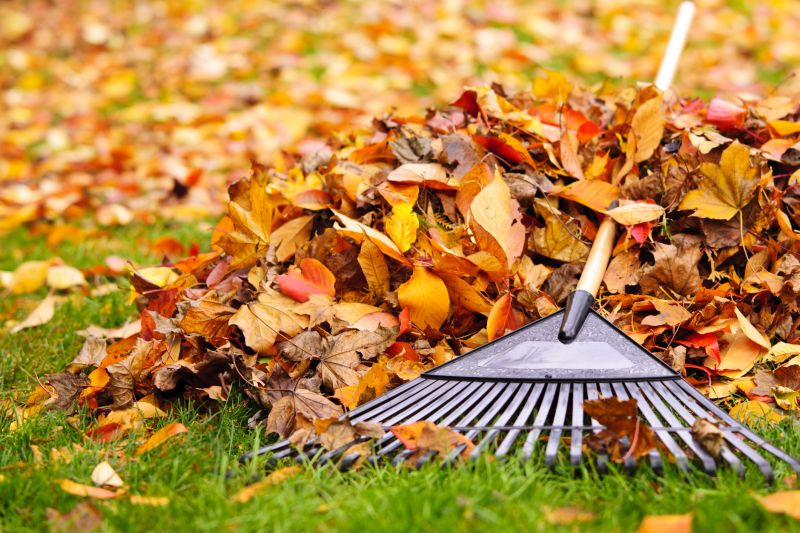
Late summer allows for preparation before the fall and winter months.

Fall is suitable for clearing dead or overgrown brush before winter.

Ways to make Brush Removals work in tight or awkward layouts.

Popular materials for Brush Removals and why they hold up over time.
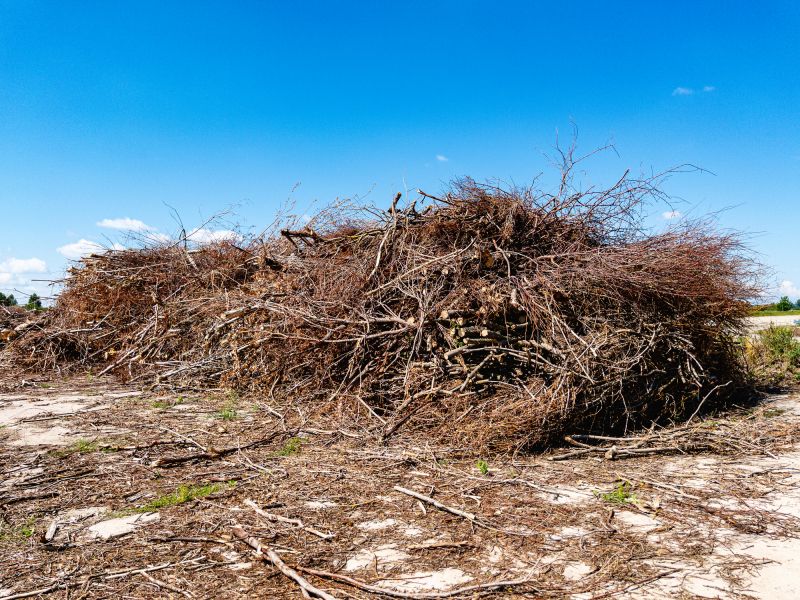
Simple add-ons that improve Brush Removals without blowing the budget.
Brush removal is a vital part of land management, helping to prevent wildfires, control invasive species, and maintain property aesthetics. The timing of brush removal impacts its effectiveness and safety. Proper scheduling ensures that the removal process aligns with plant growth cycles and weather conditions, reducing the risk of fire hazards and promoting healthy land use.
Dry weather conditions facilitate easier clearing and reduce the risk of fire spread.
Seasonal variations influence the density and moisture content of vegetation, affecting removal strategies.
Timely brush removal reduces fuel loads, decreasing the likelihood of wildfires.
Removing brush at the right time helps manage invasive plants before they spread further.

Various tools and machinery are used depending on the density of the brush.

Visual evidence of effective brush removal improves land usability.
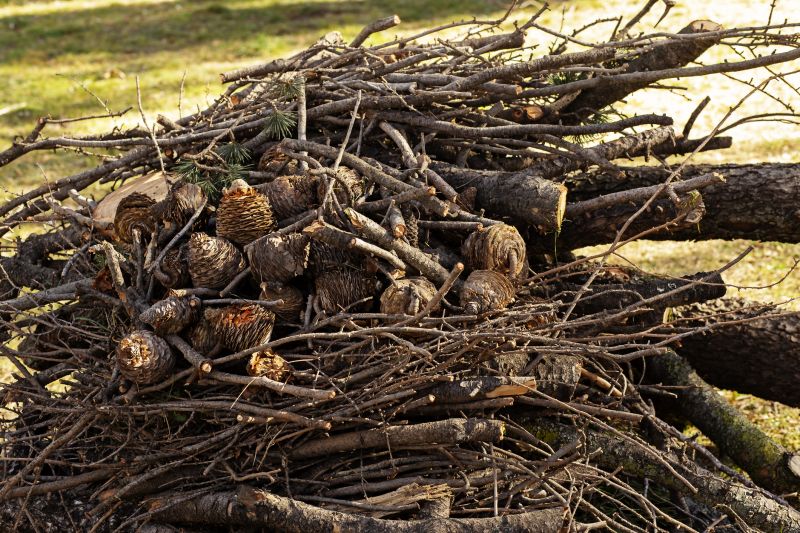
Creating firebreaks through brush removal is essential for wildfire defense.

Strategic planning ensures brush removal aligns with land use goals.
| Season | Best Practices |
|---|---|
| Spring | Remove dead and overgrown brush to promote new growth. |
| Summer | Manage brush before dry season peaks. |
| Fall | Clear fallen and dead vegetation to prevent winter hazards. |
| Winter | Limited removal; focus on planning and site assessment. |
| Post-Storm | Remove fallen branches and debris after storms. |
Choosing the right time for brush removal depends on local climate, vegetation type, and land use objectives. Regularly scheduled removals help prevent fire hazards, control invasive species, and maintain property values. Consulting with land management professionals can optimize timing and techniques for effective results.
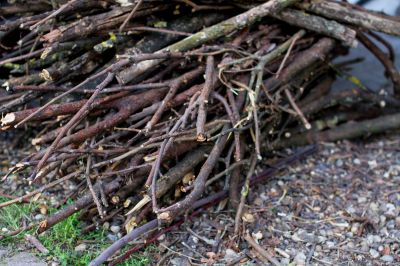
Before brush removal to improve accessibility.
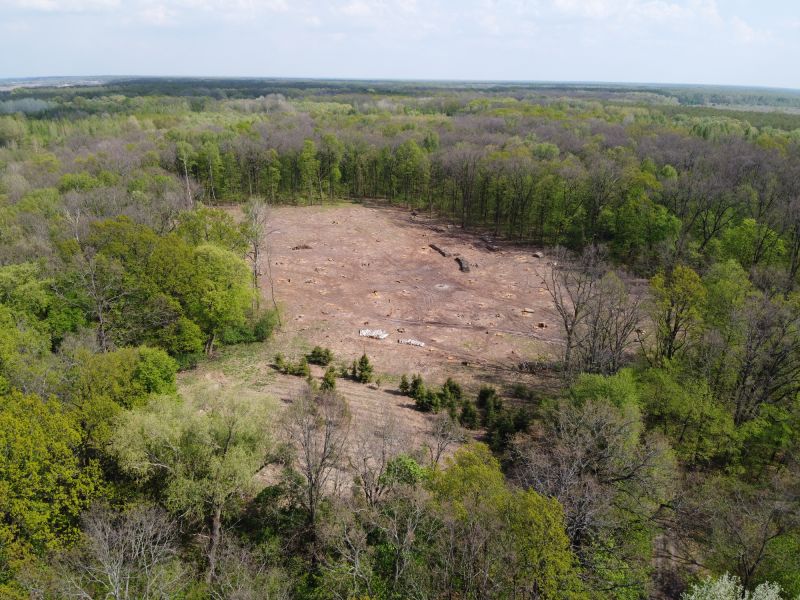
After removal, showcasing improved land condition.

Strategic clearing to create firebreaks.
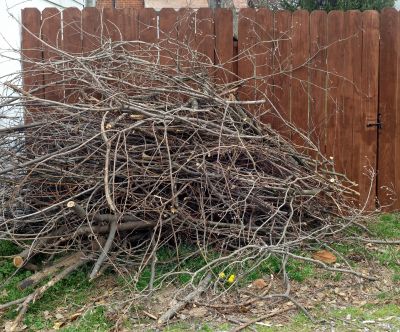
Removing invasive brush to protect native plants.
Interested in scheduling a brush removal or learning more about the optimal timing for land clearing? Filling out the contact form provides an opportunity to discuss specific needs and receive tailored recommendations for effective brush management.
